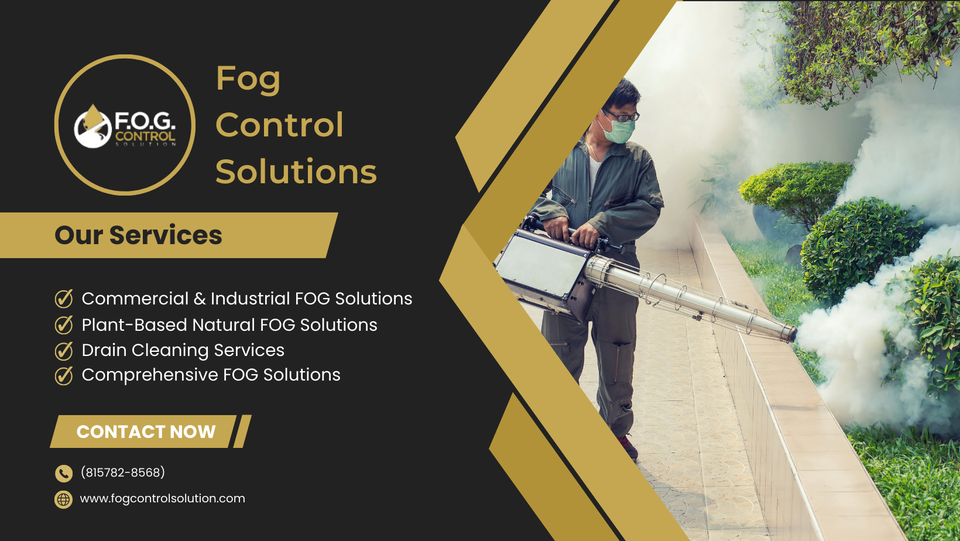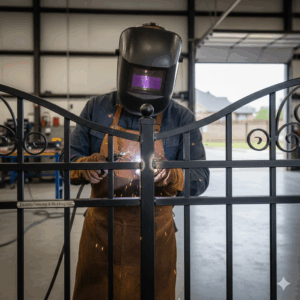Fog can create hazardous conditions in various industries, from transportation to agriculture, manufacturing, and beyond. Controlling fog is crucial to ensure safety, reduce operational disruptions, and maintain environmental standards. In this blog, we’ll explore the essential fog control equipment available and how it helps create safer environments across different sectors.
1. The Importance of Fog Control
Fog can significantly reduce visibility, leading to accidents and decreased efficiency in many industries. Whether it’s dense fog on a highway or in an industrial setting where machines rely on clear visibility, fog control is critical. By using the right equipment, businesses can mitigate the dangers and maintain safe working conditions.
2. Types of Fog Control Equipment
- Fog Cannons Fog cannons are commonly used in industries like construction, mining, and waste management. These powerful machines generate mist or fog that binds with airborne particles such as dust, helping to clear the air and improve visibility. They are highly effective in large, open areas and can cover significant distances.
- Fog Suppression Systems Fog suppression systems are designed to tackle fog directly at its source. These systems release a fine mist into the air that either disperses fog or prevents it from forming. Often used in indoor environments, they are popular in manufacturing plants, warehouses, and other facilities where controlled conditions are crucial for safety and productivity.
- Thermal Foggers Thermal foggers are widely used in pest control, but they also play a role in fog control. By generating heated fog, these devices can disperse particulates and improve air clarity. They are particularly useful in agricultural environments and greenhouses, where moisture and fog can damage crops or create visibility issues.
- Humidity Control Devices In areas where fog is caused by high humidity, devices like dehumidifiers can be effective in reducing moisture levels and preventing fog formation. These devices are essential in sectors like food production and storage, where maintaining precise humidity levels is crucial for product safety and quality.
3. Benefits of Using Fog Control Equipment
- Improved Safety: Reduced fog and clearer visibility help prevent accidents, particularly in industrial zones, airports, and highways where clear vision is essential.
- Enhanced Efficiency: When fog disrupts operations, productivity drops. With the right control equipment, downtime can be minimized, ensuring continuous workflow.
- Environmental Protection: Many fog control systems, such as misting cannons, help suppress airborne particles, improving air quality and reducing environmental impact.
- Cost Savings: Investing in fog control equipment can help businesses avoid costly delays, accidents, and operational inefficiencies.
4. Choosing the Right Fog Control Equipment
Selecting the proper fog control equipment depends on the specific industry and environment. Factors like the size of the area, the nature of the work, and the type of fog (whether caused by dust, moisture, or chemicals) all play a role in determining the most effective solution.
Consulting with professionals or suppliers who specialize in fog control can help businesses make the right choice. The equipment should not only address the visibility issues but also be cost-effective, durable, and environmentally friendly.
5. Industries That Benefit from Fog Control Equipment
- Construction: Fog control equipment helps reduce dust particles, improving visibility and reducing health risks on construction sites.
- Agriculture: Farmers use fog suppression to protect crops from excessive moisture and prevent mold and disease from spreading in greenhouses.
- Transportation: Airports, highways, and shipping docks rely on fog control systems to ensure safe travel by maintaining clear airspace and roadways.
- Manufacturing: Industrial facilities use fog control to ensure visibility in areas with high levels of smoke, steam, or dust particles.
Conclusion
Fog control equipment is essential for creating safer and more efficient environments across various industries. By investing in the right technology, businesses can protect their workers, reduce environmental impact, and ensure smooth operations. Whether it’s fog cannons, suppression systems, or thermal foggers, understanding the available options will help companies make informed decisions and maintain safer environments.








